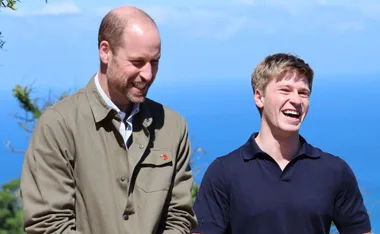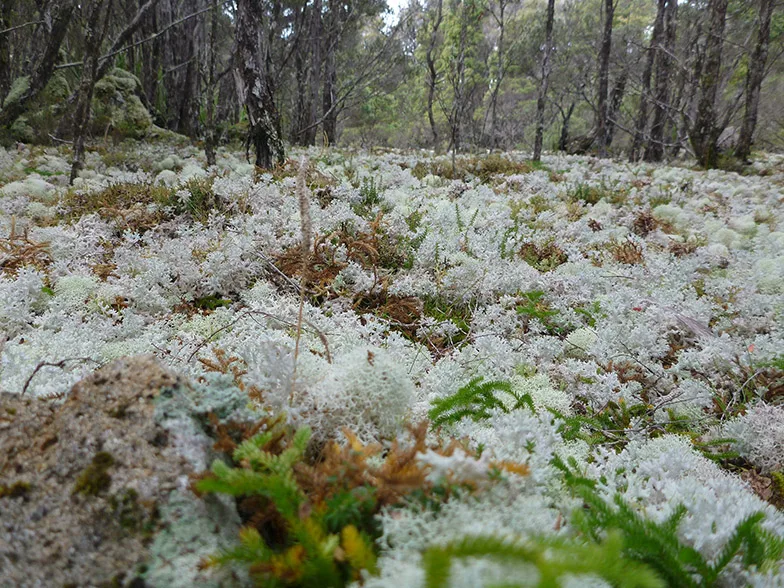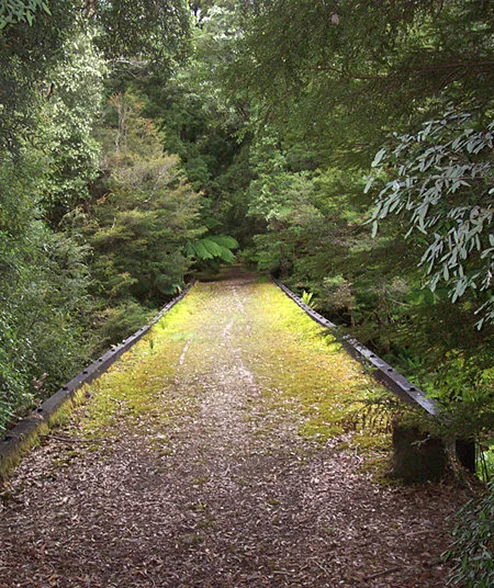Scientists have found six teeth and a fragment of jawbone belonging to what appears to have been an ancient ancestor of the ‘Hobbit’ (Homo floresiensis) – a tiny species of extinct human that stood at just 1m tall.
In the latest incredible find to come from the Indonesian island of Flores, the fossils have been found to predate the ‘Hobbit’ by more than half a million years.
“Remarkably, these fossils, which include two milk teeth from children, are at least 700,000 year old,” said Dr Gert van den Bergh, from the University of Wollongong’s (UOW) Centre for Archaeological Science, who led the team behind the discovery.
Interview with Dr Gert van den Bergh. (Video courtesy UOW)
Gert said the find has important implications for our understanding of how early humans spread and evolved in the region, “and quashes once and for all any doubters that believe Homo floresiensis was merely a sick modern human (Homo sapiens).”
The discovery is described in two separate papers published in Nature.
Marooned Homo erectus descendant
The fossils were unearthed in 2014 at a site called Mata Menge, where Gert’s team has been excavating for more than 20 years.
The ancient remains were later identified by Dr Yousuke Kaifu from Tokyo’s National Museum of Nature and Science, who compared them with a large dataset of modern and fossil hominins. “All the fossils are indisputably hominin and they appear to be remarkably similar to those of Homo floresiensis,” Yousuke said.
According to Yousuke, the shape of the teeth suggest the new hominin fossils may in fact represent a dwarfed descendant of early Homo erectus “that somehow got marooned on the island of Flores”.
In other words, H. floresiensis may have arrived on Flores in the form of Homo erectus (another extinct human species, which originated in Africa) before evolving in isolation into the short-statured subspecies.
“What is truly unexpected is that the size of the finds indicates that Homo floresiensis had already obtained its small size by at least 700,000 years ago,” Yousuke added.
The researchers say the discovery was far from a “lucky find”, but the result of a strategic excavation strategy over several years. Part of the team excavating at the site was Professor Mike Morwood, who led the Australian-Indonesian team that discovered the original Hobbit skeleton in 2003.
“My only regret is that Mike passed away in 2013 and therefore did not live to share the experience and the excitement of these new hominin fossils. We both knew they must be there,” Gert said.
“I think Mike would have quite enjoyed the fact that the field of palaeoanthropology is poised for another major shakeup.”
Rainer Grun, Director of the Research Centre for Human Evolution at Griffith University in Queensland, who with Dr Adam Brumm co-authored the second Nature paper dating the fossils, said the discovery is “of immense importance”.
“It lays to rest all the silly assertions that the original Hobbit was a modern human with some pathological traits. And it adds a completely new branch to the complex tree of human evolution,” Rainer said, adding that he expects many more new important fossil finds to come out of sites in South East Asia over the next few years.
Gert said the key to fully evaluating the find will be the discovery of additional, more complete skeletal remains both from the Mata Menge site as well as from nearby, older fossil-bearing layers that the researchers are already excavating.
By targeting older sites, dating back to around one million years, the researchers hope to identify this precursor species and to test the proposal that the Hobbit ancestors in fact arrived on Flores in the form of Homo erectus.
This story originally appeared on Australian Geographic









.png?resize=380%2C285)
.jpg?resize=380%2C285)




.png?resize=380%2C285)















































.jpg?resize=380%2C285)












